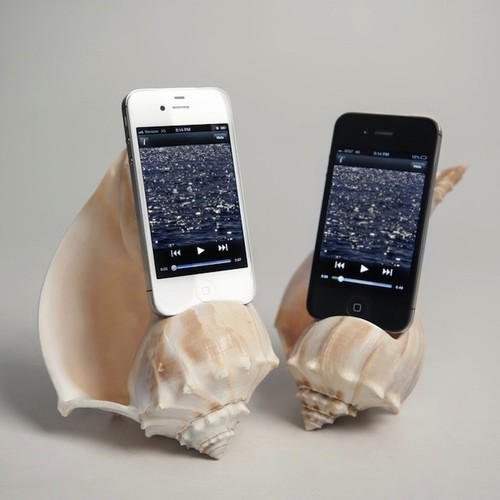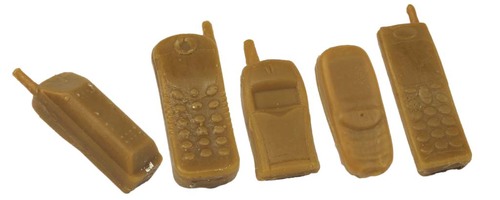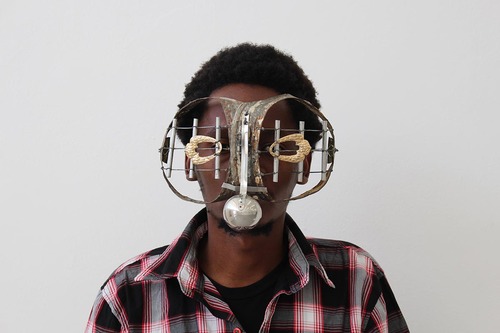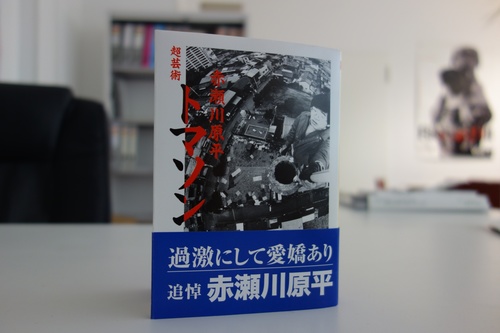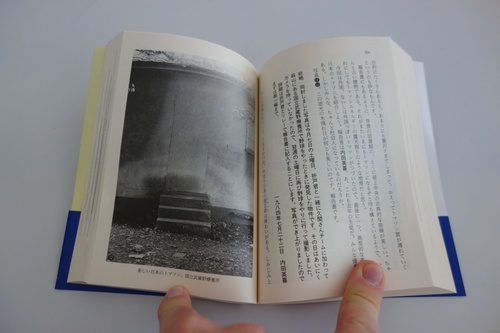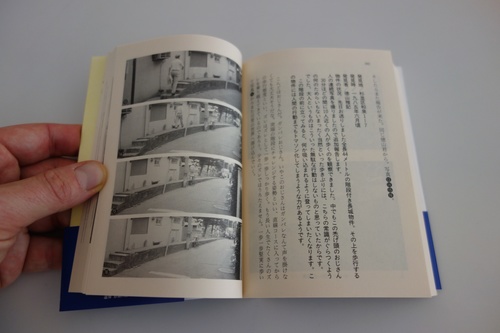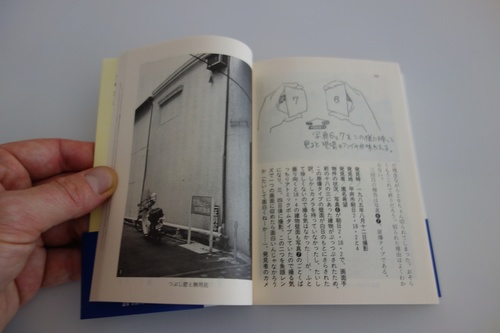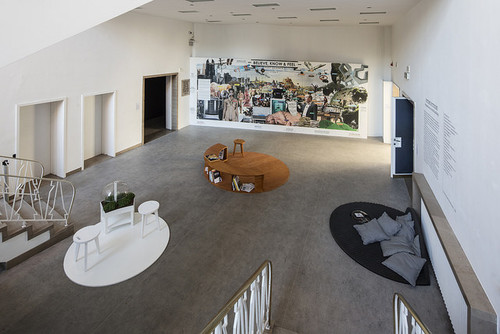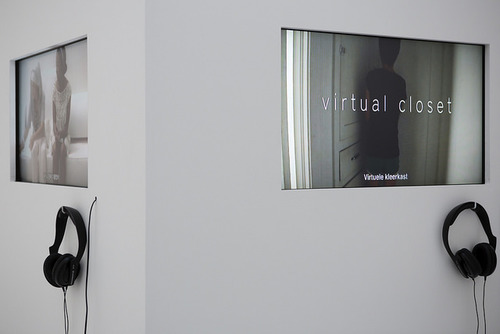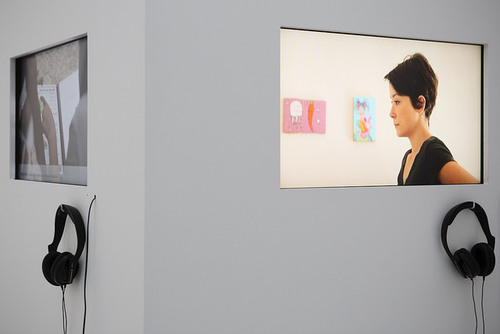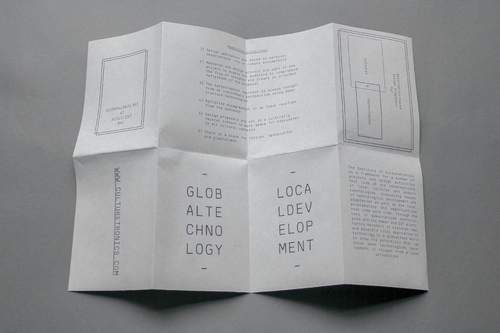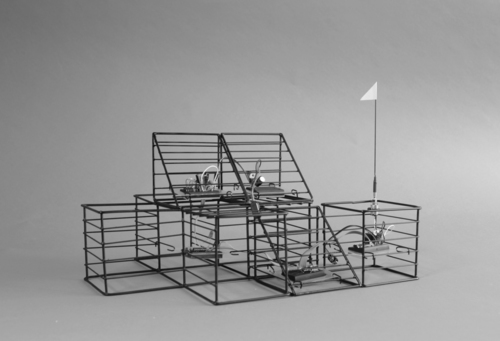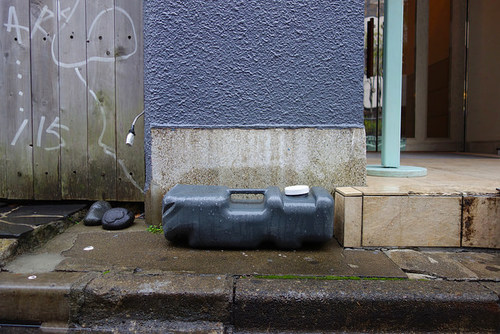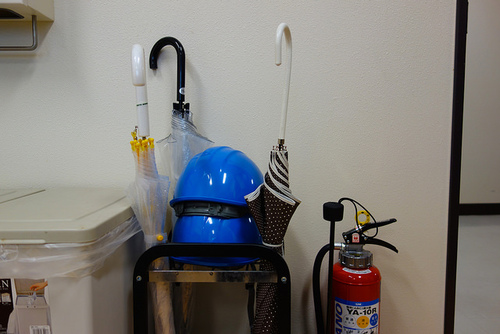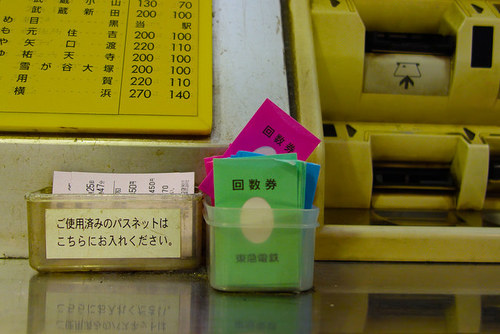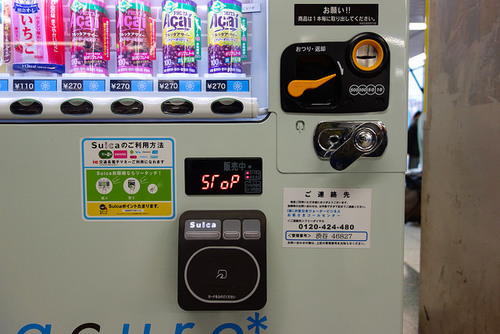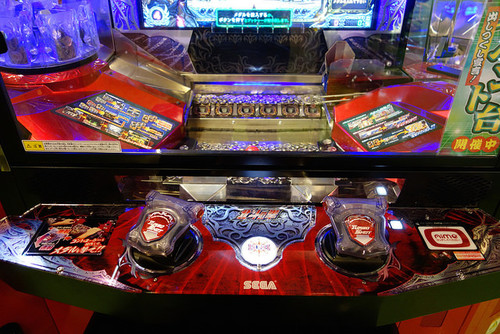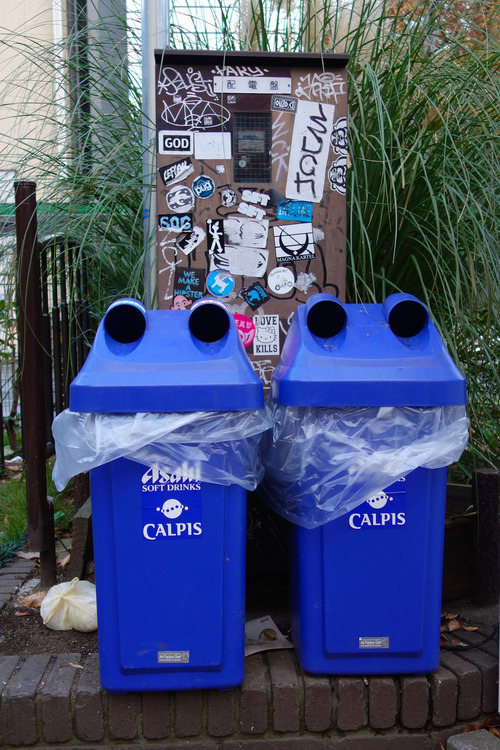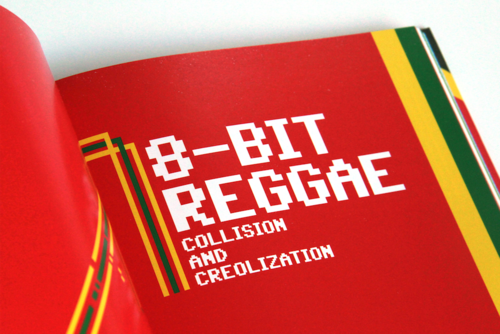
Photo by Ferdinand Dervieux.
The writing of the 8-bit reggae book relied on a variety of sources: books, LPs, cassette tapes, soundcloud tracks, FB groups, meeting with artists and producers, etc. Among them I had a fruitful exchange with Anders 'Goto80' Carlsson (see also his weblog), who is a chipmusician and demoscener since 1992. Goto80 actually made a special track for the book, which is great:
And here's the interview also featured in the book; it basically explains a lot of this sub-genre:
NN: We talked about reggae/dub and chip music for this case study, that's obviously the basis for producing this track. Beyond that starting point, how did you compose it?
Goto80: I realized that I had never made my own version of Stalag[1] so I loaded defMON[2] on the Commodore 64, made the bassline, and took it from there. During the past years I've been making quite "associative" arrangements, where the song never ends as it starts. I realized while composing this that the technique fits really well with dub. As long as you keep the bassline you have a lot of freedom to add bizarre sounds and melodies.
What make the song sound like dub is essentially bass line, tempo and ornamentations like echoes. When it's accompanied by hi-hats and off-beat chords (arpeggios) you get the reggae vibe too. I did this one in major, to get that easy kind of vibe, with simple and slightly fragmented melodies that echo out in space. A good example of that is also my "Papaya Dub" from the Papaya 7" from 2001
I consider dub not so much as an aesthetic as a way of working. I like to "put hens on the mixer" as Lee Perry did. But instead of putting hens on the C64, I program it manually. I become the hen, because in dub there should be things that stick out, make no sense and explode your expectations. Sometimes you make lucky mistakes that give that feeling, sometimes you have to make an effort to get it in there. It's always a challenge to not resort to the usual digital glitches or the platforms' typical tricks, and instead tap into the reggae world. This is tricky, since chip tools are so strongly connected to traditional Western conceptions of rhythm, tonality and arrangement.
NN: What makes reggae and dub relevant (or original) for chip music?
Goto80: When making dub/reggae with chiptools there are some things that are extra tricky. Three examples:
- Rhythmically there is usually a kind of swing that runs throughout a dub/reggae song. Individual percussive elements can also be triggered slightly off-beat to emphasize it, or make it more groovy. It can be very very tricky to program something which sounds like something that can come very natural when playing the instrument live.
- Instrumentation-wise, it can be tricky to get percussive instruments to sound good. The C64 can produce very complex sounds, but due to the bugs, it can be complicated to make them sound snappy.
- Finally, ornamentation is hard. Especially with music that is supposed to sound like it's being played live. To get the pitch bends, vibrato and slides to sound like an instrument being played by a human. Also, simulating echoes and reverb can be quite a challenge. There are various ways to do it, but it essentially means programming the echoes by hand. While this seems like limitation and a waste of time, there is something very positive about it too. It means that you can control the echo and change it over time. When you use normal dub technology you have very limited control of the echo once you've started it. But in defMON I can change the notes of an echo and turn it into a new melody, for example.
One thing that makes the C64 suitable for dub, is that the hardware is a bit unpredictable. You get different pops and clicks each time you play a song due to the so called ADSR-bug. It's possible to fix it in software, but I often choose to keep it raw. This, in my opinion, relates to dub production with lo-fi and slightly out-of-control machines. If you allow yourself to put external effects on the C64, you can get a very rich sound (see my 2SLEEP1 release).
Something else that unites dub & chipmusic is that both have a very strong focus on the tools or the process. Chipmusic can be pretty much anything made with an 8-bit platform (according to some), and you can make a dub version of pretty much any song (according to some). There is something robust at the base of chip & dub, with a strong connection to technology, which makes these genres a bit more stable than for example R&B or House which today sounds extremely different from what they once did.
NN : Can you elaborate on the importance of glitches/bugs in this track/your work? Is that something that forces you to change the approach in composing reggae/dub tracks when using chip tech?
Goto80: For me personally, dub is supposed to be a bit messy and mistakey. I like that. I'm sure they had many tricks to create that intentionally, except for just making stoned human mistakes and so on. So for me the unpredictable character of the SID-chip reinforces this. This is something I use for all my music, not only dub-stuff, but I feel that it's important in chip dub. It adds dynamic to rhythms, timbres and even harmonies and melodies.
Take for example “Bababy dubub”, this was composed in a modern setting (Renoise for PC) with samples of C64-sounds. Underneath all the reverb and delay, the sounds are very clean. Static. The same all the time. So you get less feedback from the machine, so to say. So my Renoise dub is softer than my C64-dub. I released some non-chip stuff (made in Renoise) as Extraboy, like “Kix Sunday Favourite” and “Flintskall dub” which also illustrates my point, I think.
Unpredictable features can be extremely inspirational. It alters your original ideas, makes you come up with new ideas... In extreme cases it can change the song completely, but that's normally caused by a combination of soft- and hardware. The odd breaks in the middle of the song is an example of this. It was a surprise for me, and I decided to keep it. It's much more fun to let the machine come up with those things than to create it by hand.
But uh, to answer your question: you are free to choose if you want to force the SID to be cleaner than it normally is (which is possible with enough work) or if you want to stay with the dirty ways, and perhaps even amplify it. But I'd say that the biggest difference in using chip tools - compared to dub tools - is the limited polyphony and the lack of effects.
NN : What's the difference between "programming by hand" and the way musicians or producers made reggae/dub without chip-technologies?
Goto80: I don't know the details of how dub producers work. But I guess with chip-tech you have to program every instrument and compose all the patterns yourself. I suppose dub producers often worked with recordings of other people's music, or at least with pre-made sounds and live-played compositions. For them it was possible – perhaps essential – to make the version live, in real-time. Whereas chipstuff is composed asynchronously because most chip software is pretty crappy for live composing, improvisation and manipulation (defMON and LSDj being good exceptions). I think that's important to keep in mind.
Having said all this, I think the lack of reggae/dub in the chipworld is as much if not mostly caused by culture rather than technology. If you look at the kind of sounds and compositions and tools that exist today, they prove that this could basically have been done in 1985 too. But home computers were simply not used like this back then. But that's not because of "technology".
C64 could have replaced drum machines, bass machines, monophonic synthesizers, etc. With Amiga you could've replaced everything, since it had decent sampling abilities. But it wasn't. Not just in reggae/dub but in general.
[1] The Stalag version riddim is a popular reggae rhythm, written and performed as "Stallag 17" (named after the 1953 war film) by Ansell Collins, and released by Winston Riley's Techniques record label in 1973.
[2] C64 SID tracker made by Frantic http://csdb.dk/release/?id=120965
Thanks again Goto80!


